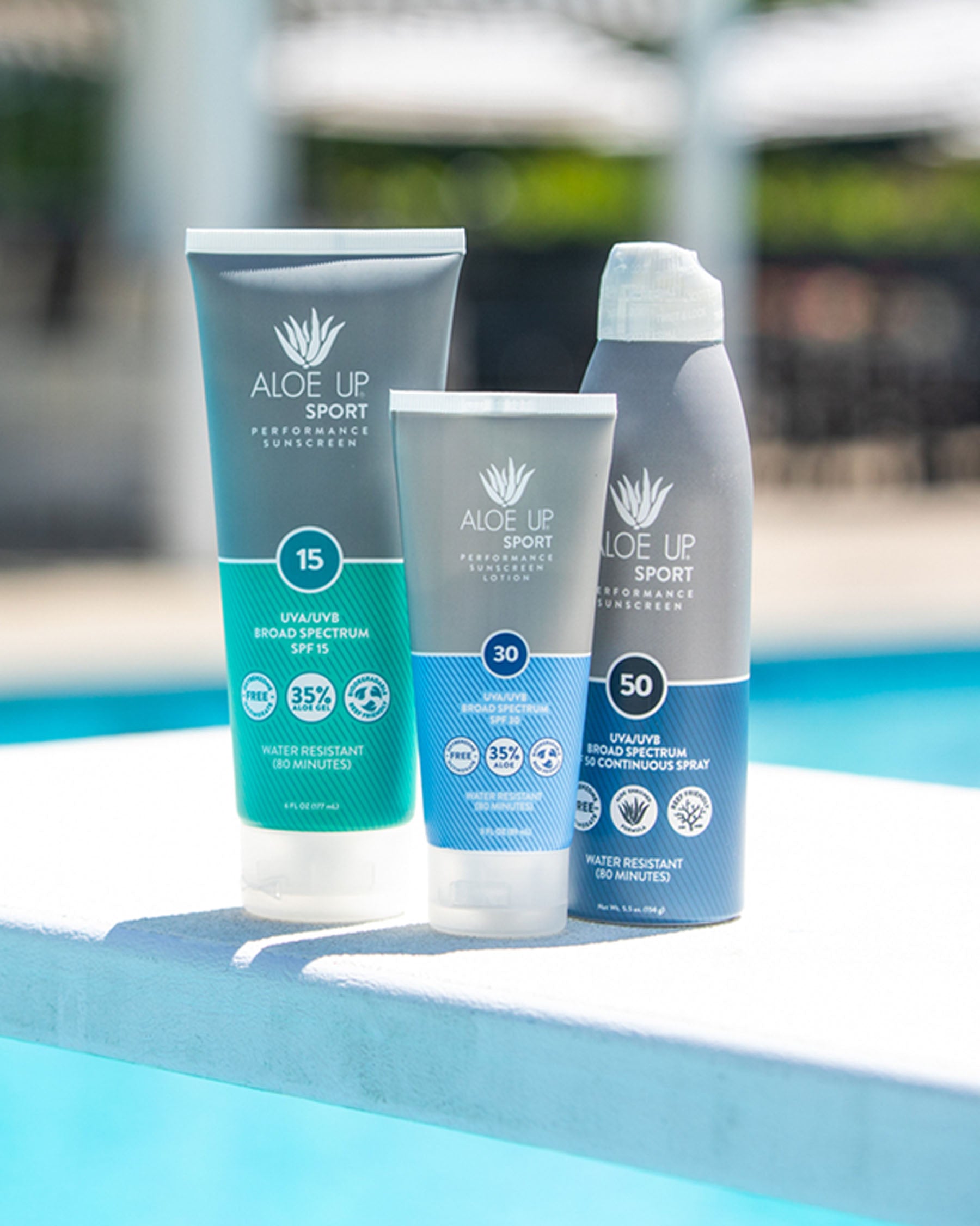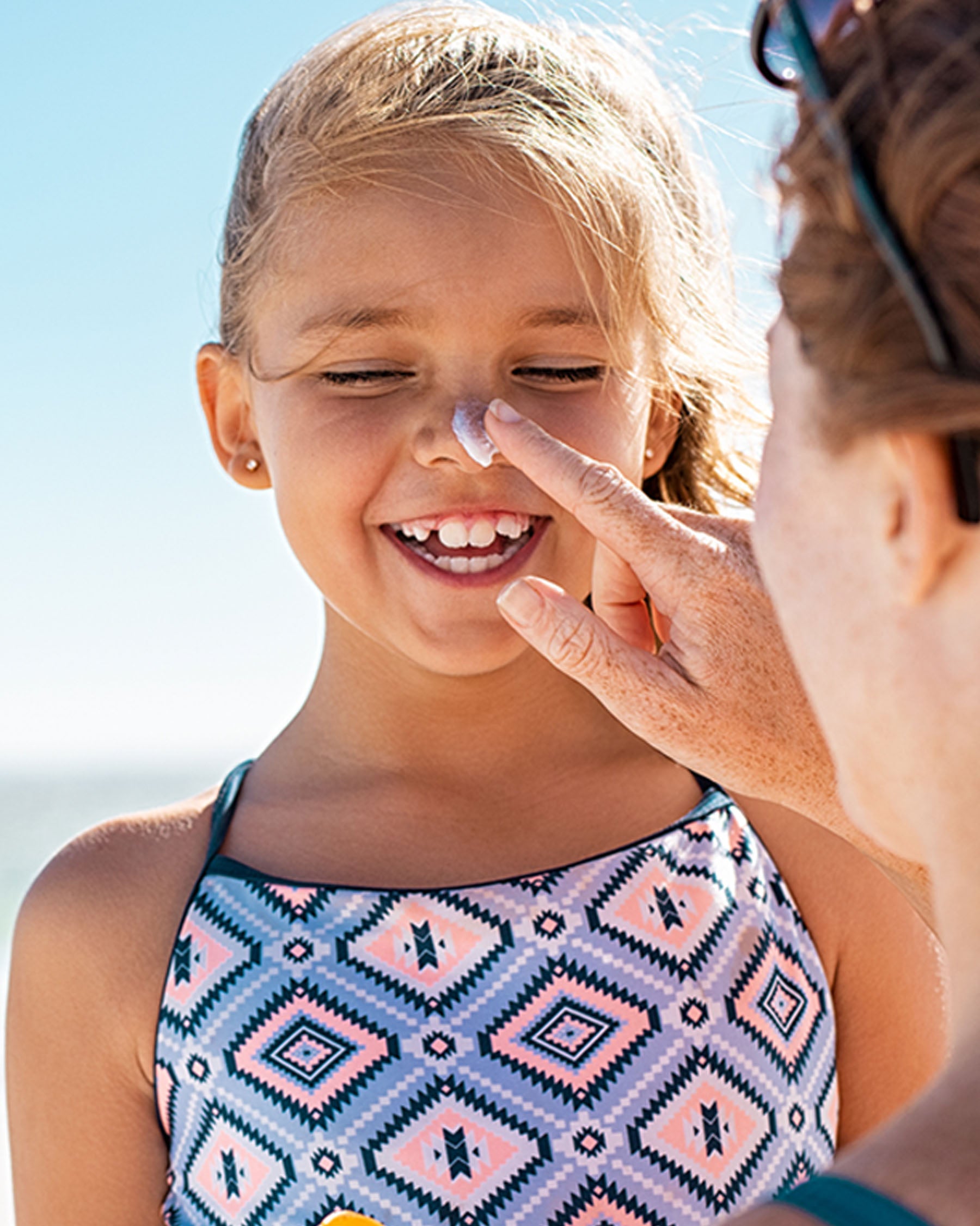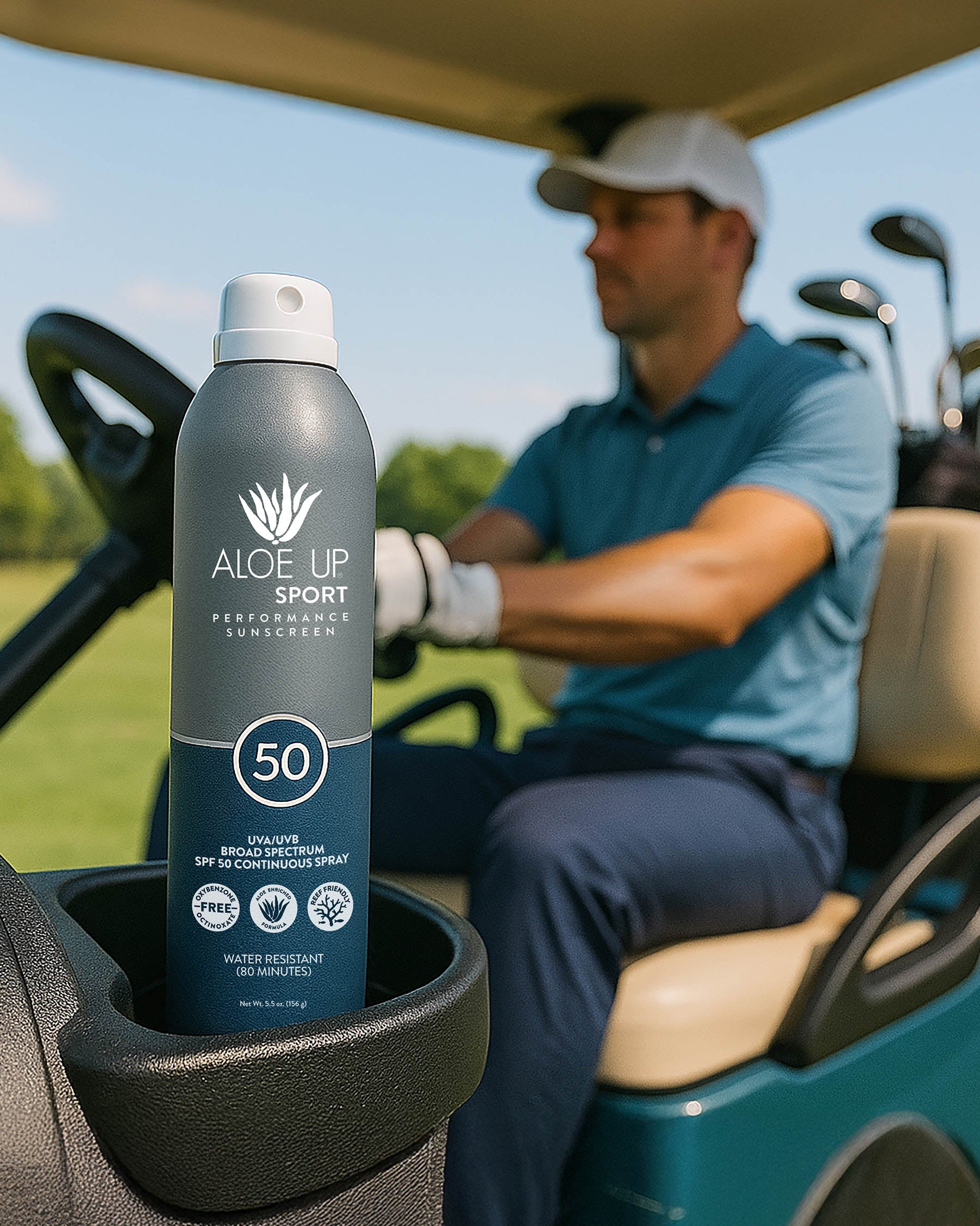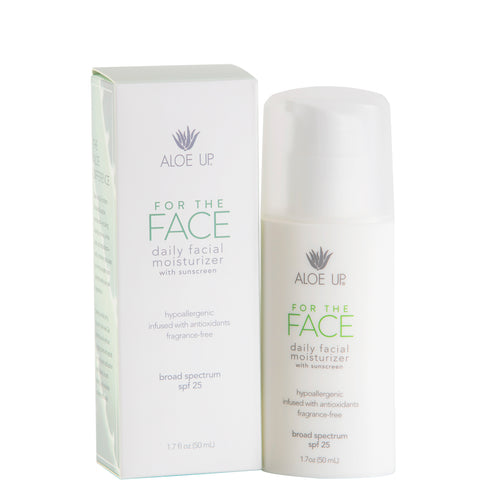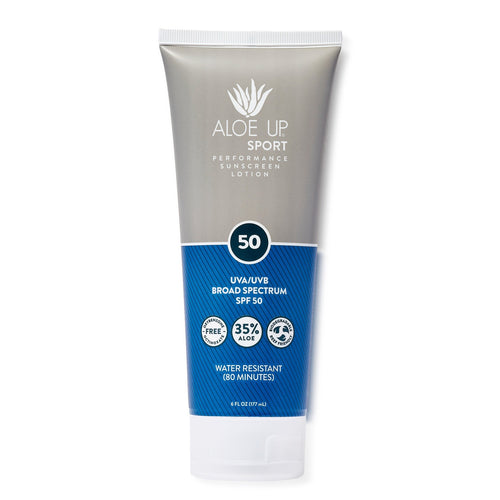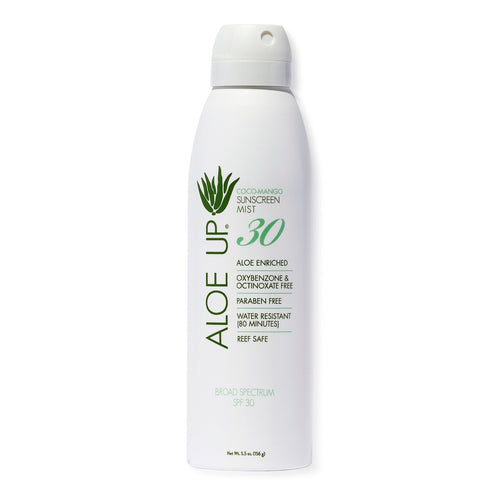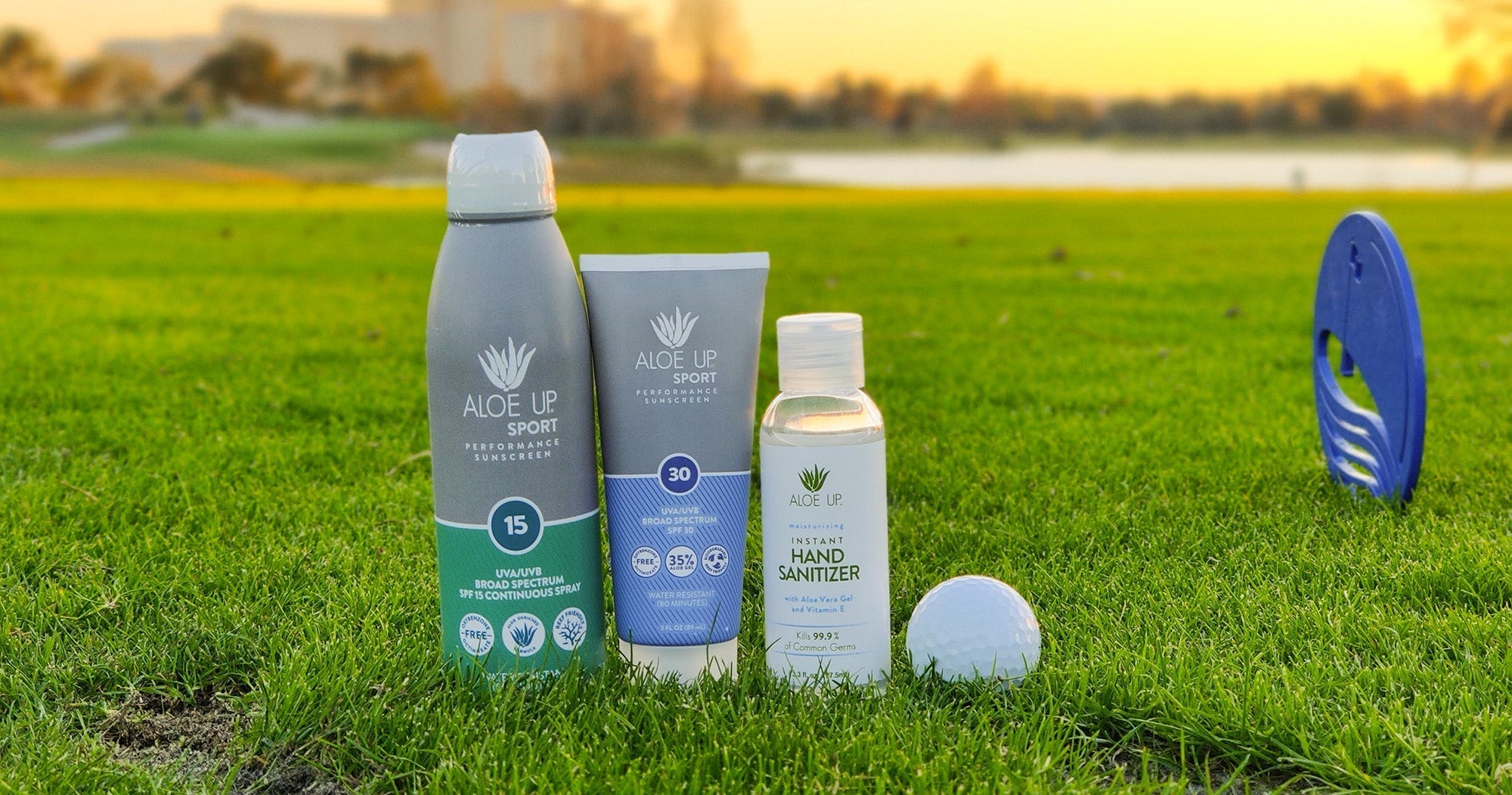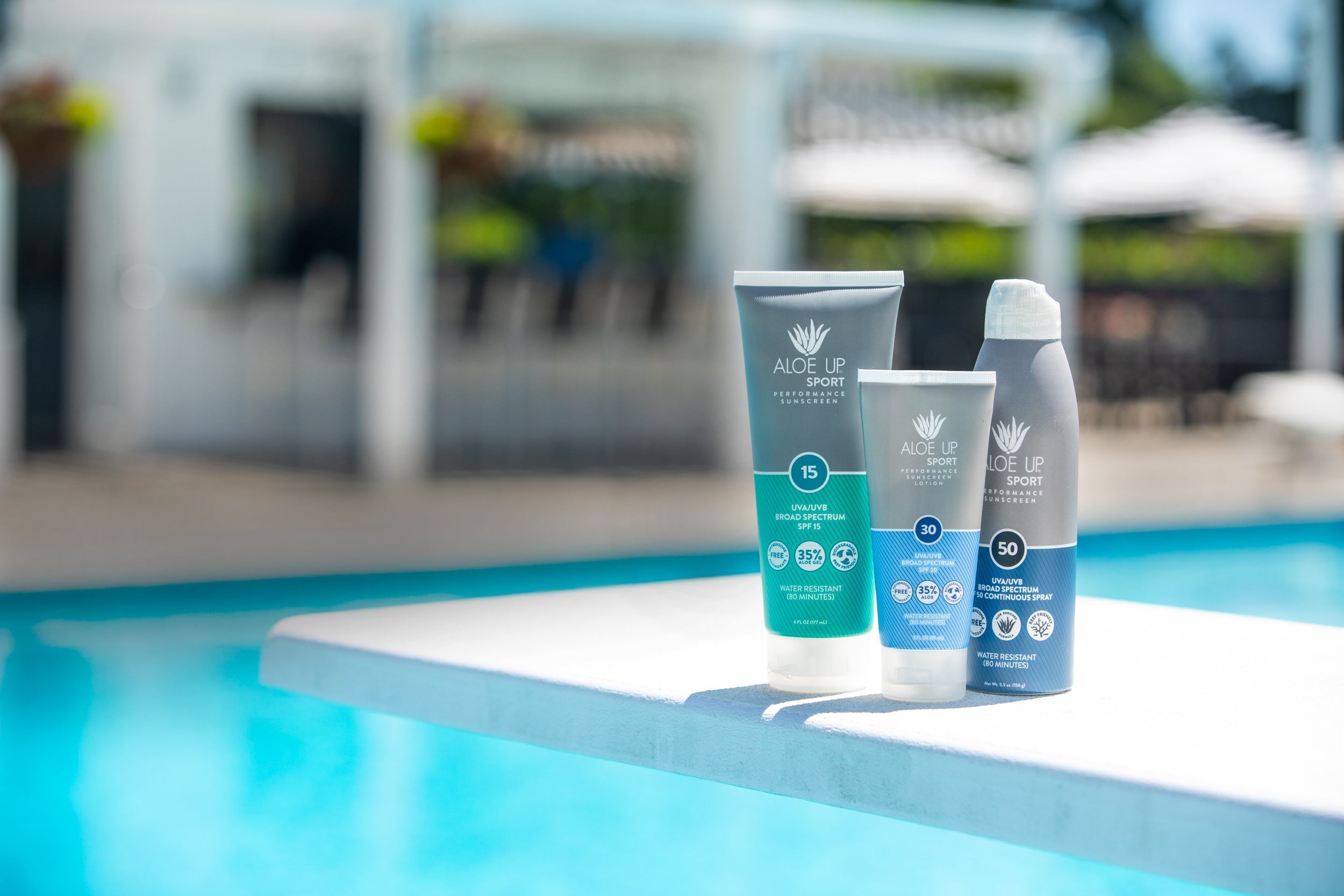
How To Choose The Right Spf
What is SPF? Which is right for me?
What is the difference between SPF 30 vs 50, or SPF 15 vs 30? Sunscreen comes in a variety of different SPF (Sun Protection Factor) strengths. This is a measure of how well sunscreen protects your skin from UVA rays (ultraviolet A) which has a longer wavelength that is associated with skin aging, and UVB rays (ultraviolet B) which has a shorter wavelength which is associated with skin burning. If it is broad-spectrum sunscreen, it will protect you from both UVA & UVB rays which is what dermatologists recommend.

“Sun protection doesn’t need to be complicated or expensive — it needs to be consistent…” -Hillary Fogelson (melanoma survivor, sun protection activist).
SPF STRENGTHS
The higher the SPF number is, the more protection it will give you. Generally, SPF 15 will block roughly 93% of rays, SPF 30 will shield 97% of rays, SPF 50 will block 98% of rays all when applied properly and thoroughly. Anything beyond SPF 100 will block 99%, but it may do more harm than good to exceed SPF above 100 as some experts warn it raises their risk of cancers due to the exposure of higher levels of sun blocking ingredients, according to the FDA. Additionally, SPF over 50 tends to give users a false sense of security due to the marginal difference in protection. So, with that said, what are other differences between the variations other than sun protection to keep in mind?
 |
 |
| White Collection SPF 30 Lotion - 4oz |
|
SPF VARIATIONS & CONSIDERATIONS
-
Skin tone: Those with pigmented (darker) skin tones are more tolerant to the harsh rays of the sun, so depending on the UV index, those individuals could get by using SPF 15-30 because they are relatively more protected due to the melanin they produce. Whereas people with lighter skin tones and light eyes are more prone to wrinkles, fine-lines, skin cancer, premature aging, sunburn, melasma, hyperpigmentation, and blemishes - so they benefit more from using SPF 30-50. However, no matter what where you fall on the spectrum - it doesn’t hurt to wear up to SPF 50 for extra precaution.
-
Outdoor/Indoor activity level: If you are spending most of your day indoors with intermittent or minimal sun exposure, a minimum of SPF 30 is recommended depending on your skin type and tone. UV rays are able to penetrate through glass - so if you are driving or sitting by a window often, this should be taken into consideration as well. However, you will not need to reapply sunscreen as frequently (every four to six hours) if you aren’t outside or sweating throughout the day. But what if you work outdoors, playing sports, or even just relaxing in the sun? To maximize your protection, it is ideal to use SPF 50 to ensure you are receiving the most benefits and reapply every two hours.
- Time of day: The sun's rays are strongest between 10 a.m. and 4 p.m. However, the sun still emits harmful rays outside of peak daylight hours which can damage your skin. Depending where you live around the equator, this means even as early as 6-8 a.m and as late as 4-6 p.m can have implications on the health of your skin. So, even if you aren’t extra sensitive to sun exposure, it is a good idea to apply sunscreen in the morning before or after your skincare and/or makeup routine (if applicable, and depending on if you prefer physical or chemical sunscreen as this changes when and how to apply it).
HOW ALOE UP CAN MAKE YOUR SUNCARE REGIME EASIER AND MORE EFFECTIVE 
We offer a variety of products that make preserving your skin a seamless process with our non-greasy formula which is also paraben free, reef safe and hypoallergenic. Our organic aloe vera grown and harvested in the USA pairs perfectly with our broad-spectrum sunscreen that covers UVA/UVB, ranging from 15-50 SPF, both scented and fragrance-free based on your personal preference!
 |
 |
| Aloe Up White Collection | Aloe Up Sport Collection |
|
|
|


